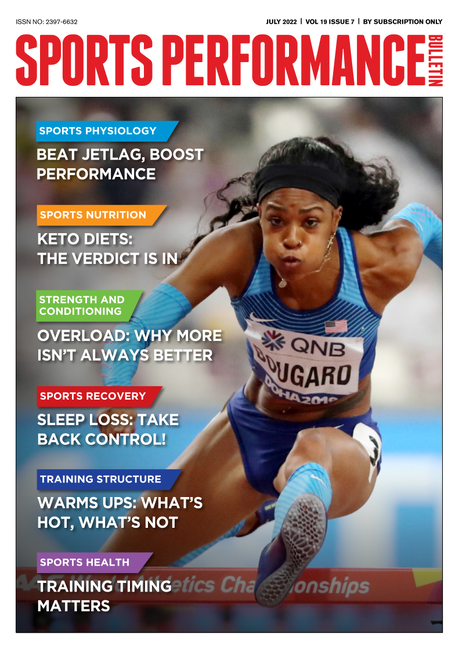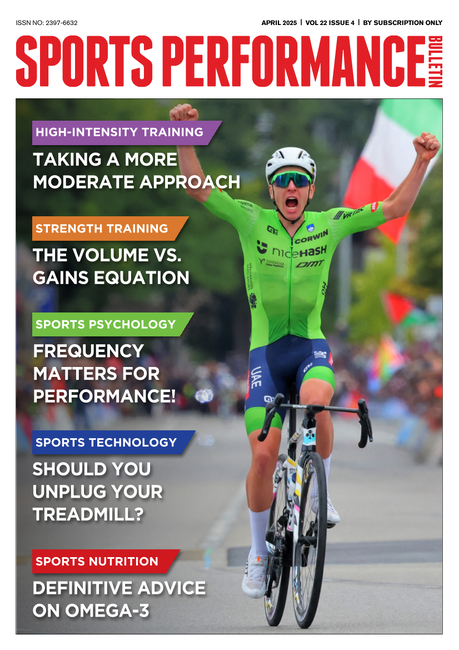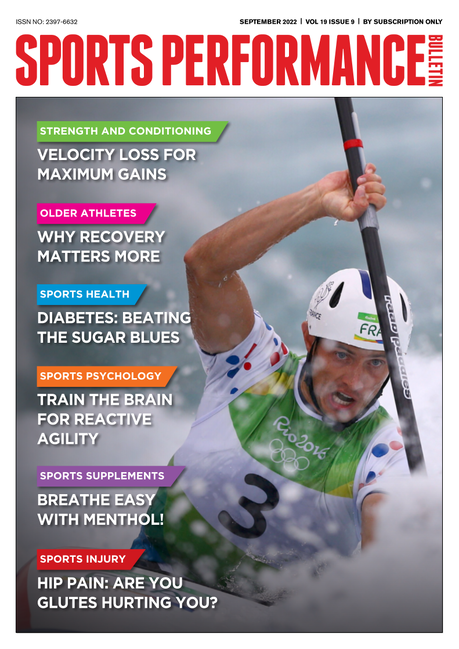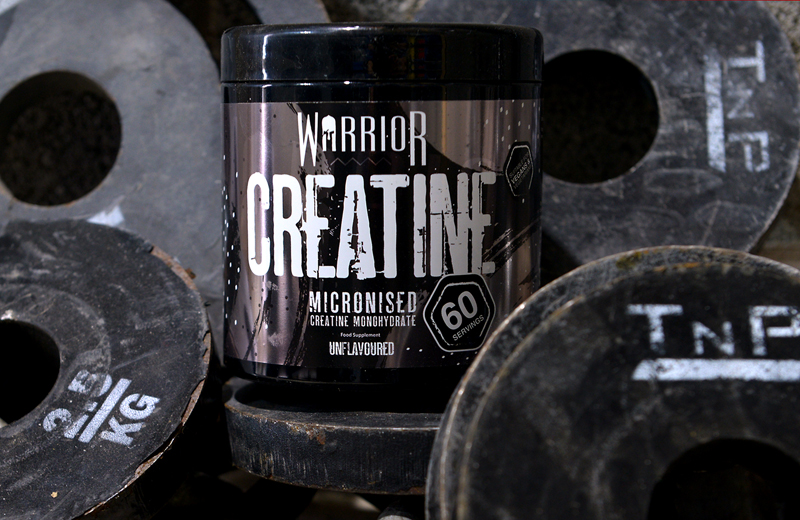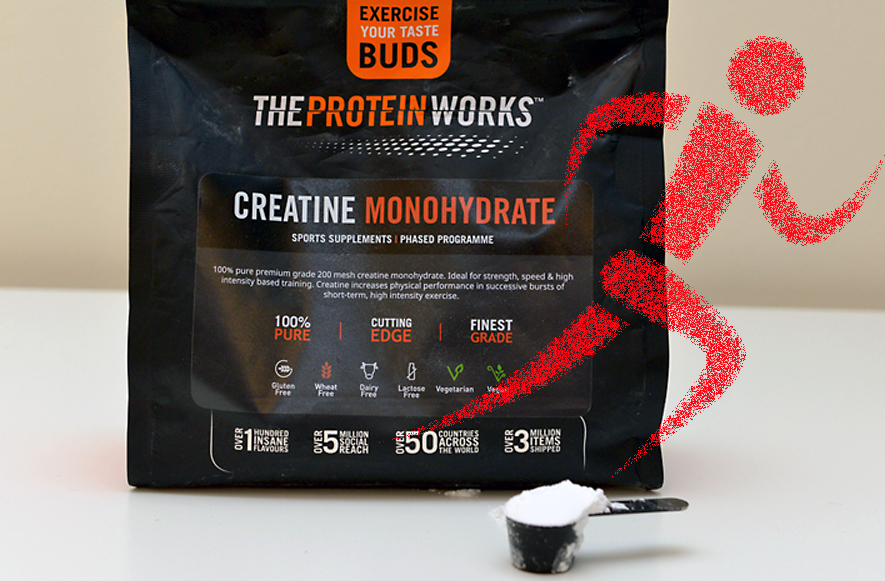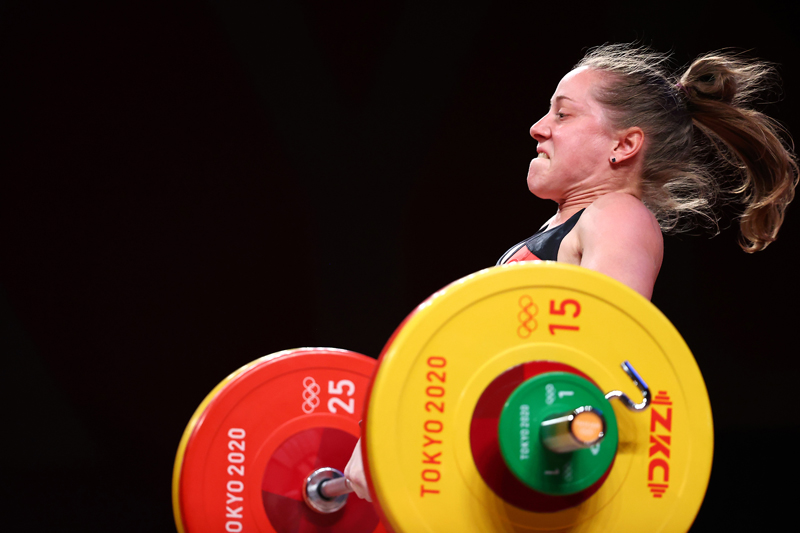Beetroot and citrulline: a recipe for combination

Nitric oxide (chemical abbreviation ‘NO’) is a very simple but biologically remarkable molecule. When administered or produced in the body as a result of metabolism, NO produces the potent ‘vasodilation’ effects, relaxing the endothelial tissues in the circulatory system (blood vessels and capillaries) causing them to ‘deconstrict’, open up, and thus allow more blood to flow. This explains the interest in nitrate-rich foods such beetroot for athletes; ingested nitrate is readily converted to NO, allowing increased muscle blood flow, leading to (potentially) improved performance. But more than that, research has more recently discovered that not only does the human body make its own NO, but that this NO also acts an important neurotransmitter – a chemical signaller, which tells cells in the body how to behave(1).
NO exercise benefits
In theory, any nutritional approach that can enhance tissue turnover and vasodilation is a good thing for an athlete; all the oxygen for energy during exercise, along with the nutrients required for muscle tissue growth and repair are transported via the circulatory system and delivered by tiny capillaries. Waste products such as lactate are also removed via this route.
Encouraging more vasodilation enhances circulation to the working muscles, and as well as producing a better pump during workouts, should theoretically improve nutrient delivery too. These vasodilation benefits go a long way to explaining the current popularity of NO enhancing supplements such as beetroot juice and extracts. In particular, a large body of research shows that beetroot juice or extracts rich in nitrate can:
· Boost submaximal endurance performance in non-elite runners, triathletes and cyclists(2-5).
· Improve localized muscular endurance when performing lower-intensity strength exercises such as bench presses and squats(6).
· Increase average power when performing squats using inertial loading(7).
· Improve explosive power in the countermovement jump test and peak velocity when performing back squats(8).
The citrulline alternative
However, ingesting beetroot isn’t the only method of raising NO production in the body. In particular, the amino acid ‘citrulline’ is also effective in this respect. Citrulline appears to help enhance exercise performance because it can be readily converted in the body to another amino acid called ‘arginine’(9). Since arginine can readily be used in the body to make NO, taking citrulline has the effect of raising NO levels in the body.
But if arginine can be readily converted to nitric oxide, why not just consume extra arginine instead of citrulline I hear you ask? The answer is to do with the way arginine is (or actually isn’t) absorbed. When you consume arginine – either in food or in supplemental form – that arginine is readily absorbed from the intestines into the bloodstream. However, when the blood passes through the liver, much of the arginine in the blood is broken down by an enzyme in the body called ‘arginase’. Taking citrulline orally however bypasses this barrier; ingested citrulline passes through the liver unaffected, meaning it can be transported into tissues all over the body and then converted to arginine (resulting in increased NO production – see figure 1) wherever needed. Indeed, research shows that taking citrulline is more effective at raising tissue arginine that taking arginine itself(10)!
Figure 1: A simplified diagram showing the connection between citrulline, nitric oxide and increased blood flow
You need to be logged in to continue reading.
Please register for limited access or take a 30-day risk-free trial of Sports Performance Bulletin to experience the full benefits of a subscription.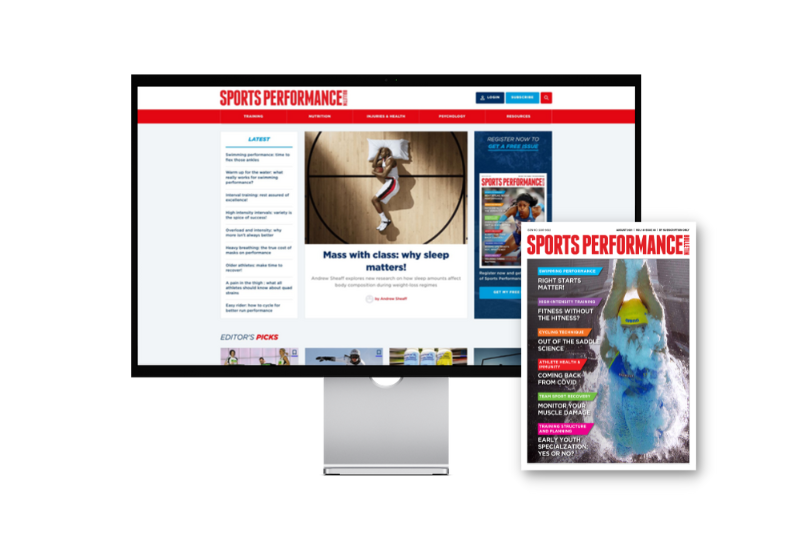 TAKE A RISK-FREE TRIAL
TAKE A RISK-FREE TRIAL
Newsletter Sign Up
Testimonials
Dr. Alexandra Fandetti-Robin, Back & Body Chiropractic
Elspeth Cowell MSCh DpodM SRCh HCPC reg
William Hunter, Nuffield Health
Newsletter Sign Up
Coaches Testimonials
Dr. Alexandra Fandetti-Robin, Back & Body Chiropractic
Elspeth Cowell MSCh DpodM SRCh HCPC reg
William Hunter, Nuffield Health
Keep up with latest sports science research and apply it to maximize performance
Today you have the chance to join a group of athletes, and sports coaches/trainers who all have something special in common...
They use the latest research to improve performance for themselves and their clients - both athletes and sports teams - with help from global specialists in the fields of sports science, sports medicine and sports psychology.
They do this by reading Sports Performance Bulletin, an easy-to-digest but serious-minded journal dedicated to high performance sports. SPB offers a wealth of information and insight into the latest research, in an easily-accessible and understood format, along with a wealth of practical recommendations.
*includes 3 coaching manuals
Get Inspired
All the latest techniques and approaches
Sports Performance Bulletin helps dedicated endurance athletes improve their performance. Sense-checking the latest sports science research, and sourcing evidence and case studies to support findings, Sports Performance Bulletin turns proven insights into easily digestible practical advice. Supporting athletes, coaches and professionals who wish to ensure their guidance and programmes are kept right up to date and based on credible science.

